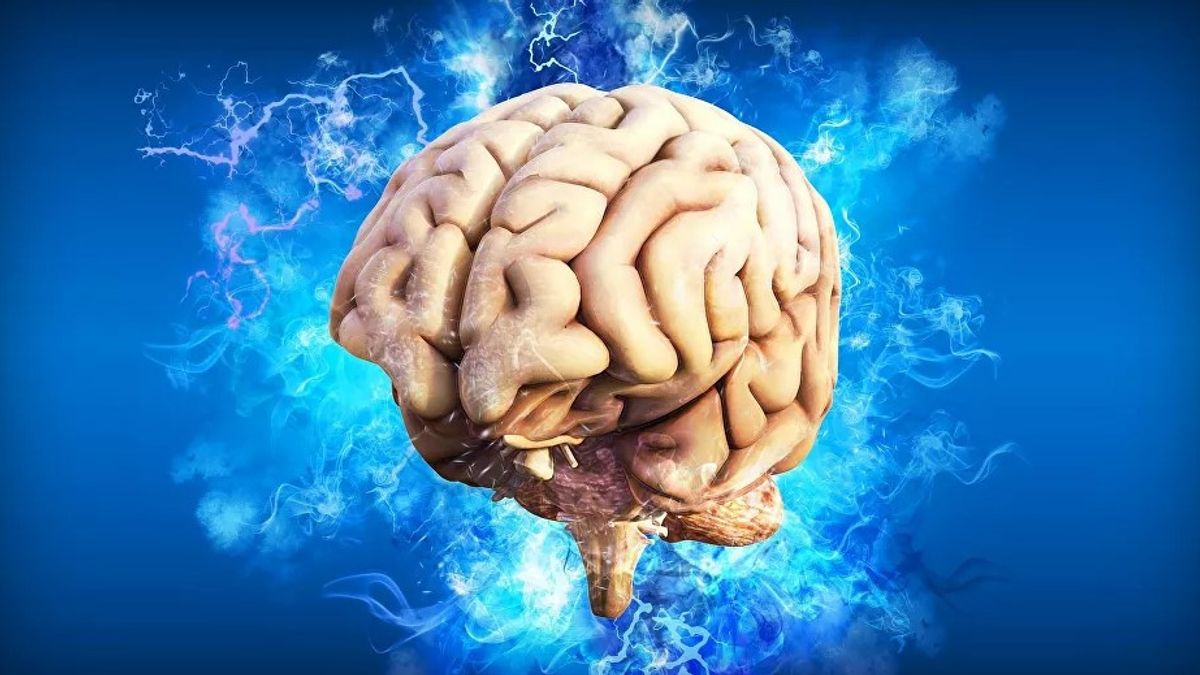JAKARTA - The ability of the human brain is one of the objects of research that never ceases to amaze scientists. One of the big questions related to brain capacity is, how is the human brain able to record events in sequence?
Now, that question is almost completely answered. Based on research involving epilepsy patients, scientists observe their brain activity through microelectrodes implanted in certain parts of the brain.
Through these observations, researchers managed to identify a cell found in the human brain. According to researchers, these cells 'possibly' can make humans, when remembering something, can also remember sequences of events from events in the past.
Citing Science Alert, the cells temporarily named the Time Cells are neurons located in the hippocampus. Previously, this section was considered as a representation of the temporal information store only.
However, based on these studies, scientists found that Time Cells are able to knit memory pieces in sequence. So, humans can remember certain events or events in the right order – which is according to their experience.
SEE ALSO:
Working with Epilepsy Patients
Initially, the researchers found evidence for the existence of this time cell in mice, where certain neurons congregate and are thought to support the sequential collection and organization of memories. However, in this study, it is not yet known how episodic memories are encoded by the human brain.
"Creating an episodic memory requires events that are distinct from an experience linked by time", the scientists wrote in the study, published in The Journal of Neuroscience.
To investigate the presence of these cells, a group of researchers led by neuroscientist Leila Reddy of the French Brain and Cognition Research Center (CerCo) looked at the electrical activity of the brains of 15 epilepsy patients.
Observational data were obtained from microelectrodes implanted into the patient's hippocampus. These electrodes serve to localize the source of the vibrations that occur in the brain. The result, researchers did not require implantation that is too risky.
During the study, participants saw a sequence of images that had been prepared and arranged. Then, participants were asked to remember them in order of appearance.
When the image is shown, the electrodes record the presence of certain neurons in the hippocampus that respond to this activity, both when the image is displayed, and when the display pauses between one image and another.
According to the researchers, the neuronal activity found is evidence of a time cell. Which, in their notes, can be interpreted as neurons whose activity is modulated by a temporal context within a predetermined time lag.
The English, Chinese, Japanese, Arabic, and French versions are automatically generated by the AI. So there may still be inaccuracies in translating, please always see Indonesian as our main language. (system supported by DigitalSiber.id)


















